Alternative Processes: Lith Printing with @Marek_
7 18 Share TweetCommunity member Marek's (@marek_) album of Lith prints at first glance looks straight out of another century. The Parisian photographer has a deep love for anything handmade and one way he explores this is through old alternative printing processes such as lith printing and cyanotype.
In this interview, we get to know more about Marek as he walks us through his lith printing process, from working in the darkroom to digitalizing his prints. He also shares a few tips for anyone planning to try out the alternative printing process for themselves.
Can you tell us about yourself? How did you get into photography and what's your favorite aspect of shooting on film?
My name is Marek and I live in Paris, France. I started photography seriously nine years ago, first with a digital camera, then a friend lent me his film camera and a roll of Kodak TMAX 400. I shot the roll and got it developed and scanned by a local lab. That was the point of no return, I was hooked. I immediately bought my first film camera, a Canon AE-1 which I still own and is one of my favorites.
My favorite aspects of shooting films are its limitations and imperfections. I think having limits in a process brings out creativity, and imperfections bring a form of beauty.
What initially sparked your curiosity to try out alternative printing processes?
After learning to develop my own film, printing them in the darkoom was the natural way to go. I love the whole process, from loading the camera to being able to hold a finished print in my hands.
In my process I'm trying to obtain a very graphical dreamy image almost like a painting or drawing. My drawing skills are hopeless, maybe that frustration led me to the art of printmaking, and step by step I landed on Lith printing.
The first time I saw a Lith print, I was really wondering how one could achieve this kind of effect, and I started getting information about it. First it looked like a complicated process to me, but believe me, it's not. You don't need to be a crazy chemist to achieve nice prints.
Can you walk us through your process of making Lith prints?
Lith printing is a silver gelatin process. The steps – exposing the negative on paper in the darkroom, developing the paper, stop bath, fixing and washing, remains the same as a 'classic print'.
The main difference is that you need to heavily overexpose the paper, and develop it in a very diluted Lith developer. Depending on the paper (not every paper will Lith), you can get very different results, from soft and colorful prints, to very gritty and cold prints. The basic rule to know is that you control the highlights at exposing, and contrast at developing stage.
What do you like the most about this process? And what are the challenges?
What I love about this process is that it allows you to completely reinterpret a negative. You can even have completely messed up negs and they will print out beautifully in lith.
The main challenge in Lith printing nowadays, is to find suitable paper. Not every paper will Lith, most today's produced paper won't. You can try the Foma paper, but I heard the recent batches don't Lith correctly anymore. But the good news is that you can get some old paper that will easily lith. (Brovira are nice and easy papers to start with). Even if the paper is old and slightly fogged it can produce nice prints.
Do you have a favorite one among your Lith prints?

One of my favorite lith prints is the one with my hand on an orange looking paper. I printed it on a very old Crumière paper, which is maybe more than 70 years old. Can you imagine that? The Paper was of course heavily fogged. It took maybe more than 30 minutes to get an image, but I wasn't expecting such a special result.
What's your scanning process to digitalize the prints?
For prints up to 9.5x12 inch, I use a flatbed scanner. For bigger works I convert my enlarger to a repro stand. But I tend to appreciate small prints more and more, the ones people can hold in one hand.
What do you do with the actual prints you have? How do you store them?
Once printed, I enjoy toning the prints. Toning is also another vast world. It can definitely change the mood of a print, and some toners also have archival properties. The most known archival toner is selenium. Once finished I sometimes keep them a few months inside a book to flatten them. Some papers, especially the baryta ones, tend to curl when they're dry. Once flattened I keep them in an archival box or frame them.
Do you have any plans to exhibit your work?
I'd love to do more exhibitions. I have done a few group exhibitions in Japan and Canada and hope to do more in the future. I also plan to make some small series of handmade books. I definitely love handmade things. I hope I can self-publish some this year, so stay tuned!
If you're interested in my work, you can also check out Tourdogs. It's an independent zine publisher, and they really try to help photographers to promote their work. They still have some of my last year's published issue, and many great photographer's cool zines.
What advice would you give someone who also wants to try Lith printing?
Before starting playing with Lith, I would recommend to get familiar with the classic silver gelatin process in the darkroom. It's absolutely not a mandatory step, but this will make your life easier to get used manipulating an enlarger, and chemistry in the darkroom first.
Lith printing can be time consuming, it's a matter of patience. Prints can take lot of time to show in the developer (sometimes more than 30 minutes, depending of the dilution and freshness of the developer), so bring some nice music to enjoy this precious time.
What other printing processes do you plan to pursue in the future?
Among alternative process that I mostly use (Lith and cyanotype), I'm also interested to explore bromoil and gum printing.
We'd like to thank Marek for sharing his images and process with us! To view more of his work, visit his LomoHome and Instagram page.
written by sylvann on 2023-04-12 #culture #people #tutorials #lith-printing #alternative-printing-process #marek_








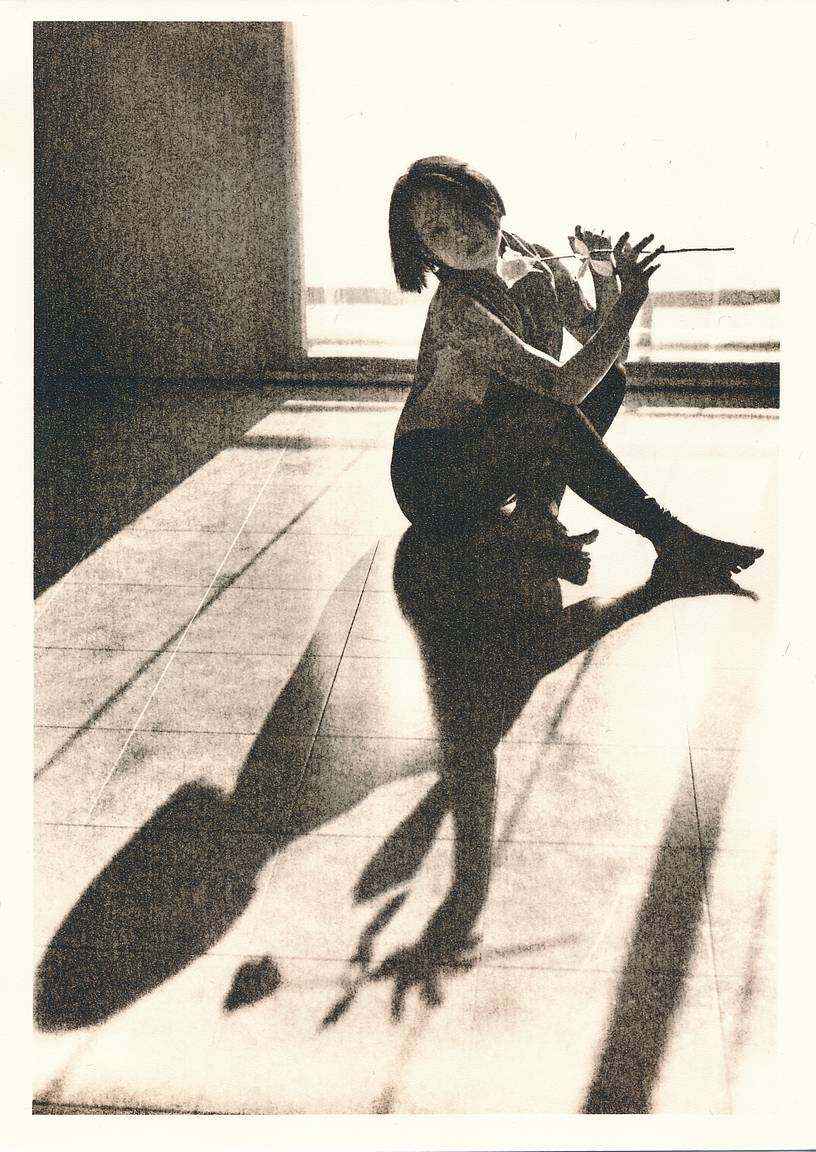
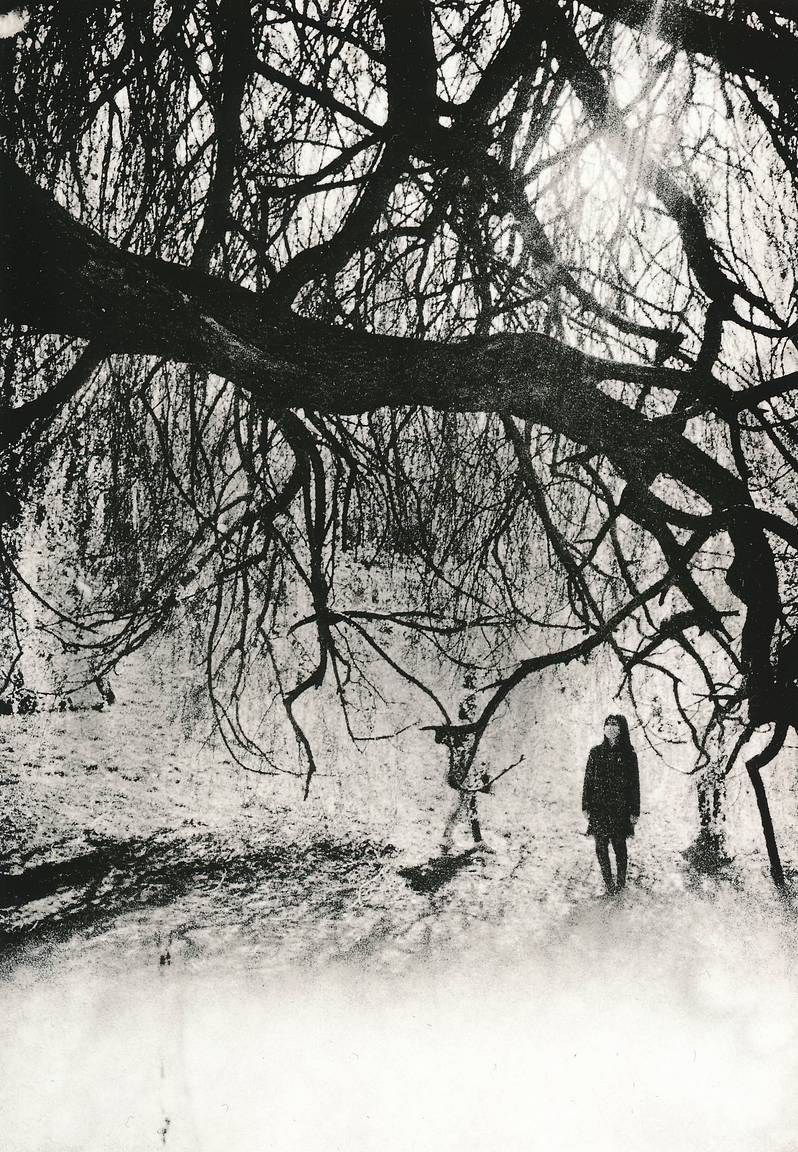




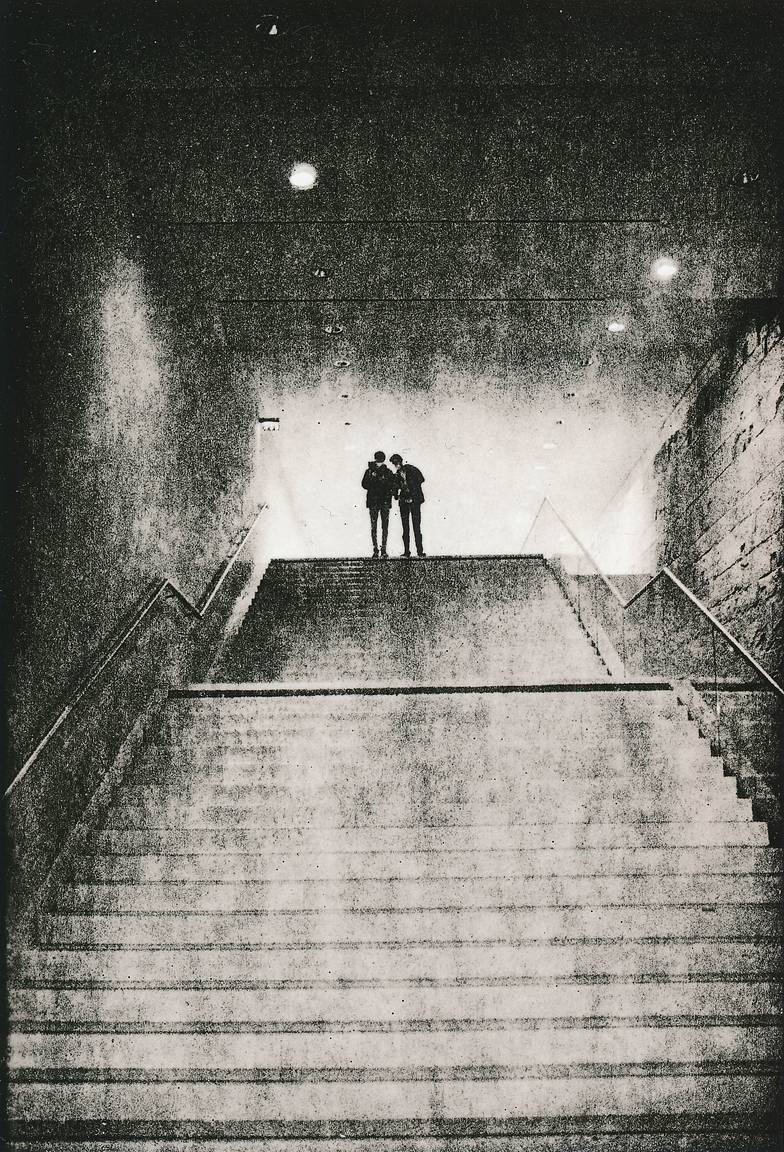





















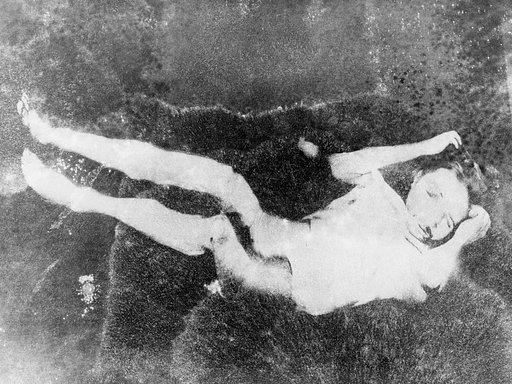
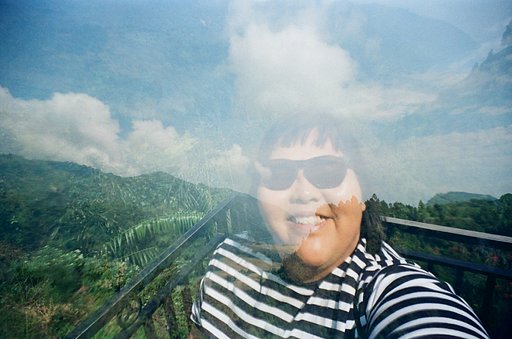






7 Comments